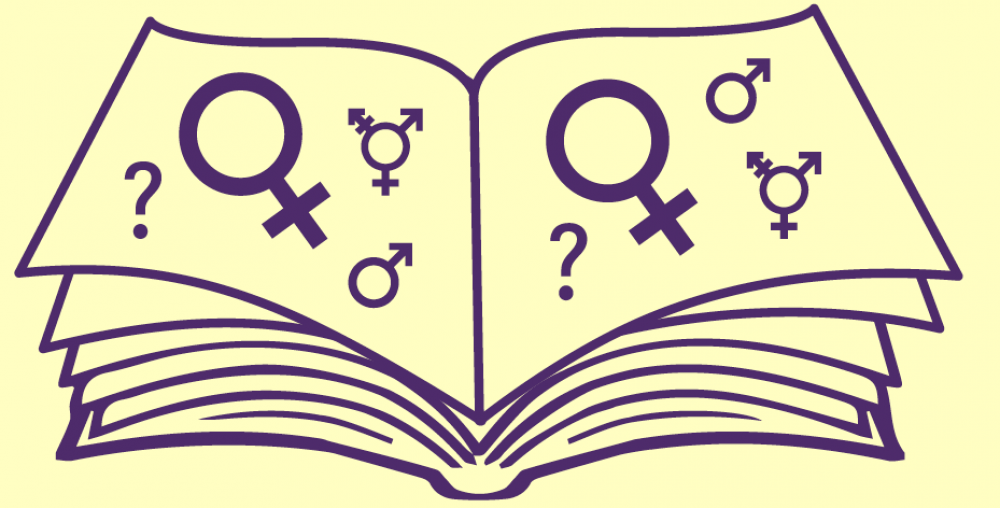Race plays an important part in this book. It’s hidden within the texts but I feel like Esther uses racist comments to describe herself whenever she looks ugly. When Esther was going back to the hotel in New York after being at Larry’s apartment she was drunk and felt ugly and she confused herself with a Chinese women. She says, “Then my ears went funny and I noticed a big, smudgy-eyed Chinese women women staring idiotically into my face. It was only me of course. I was appalled to see how wrinkled and used up I looked” (Plath, 18). Another example of when she explained that she looked ugly was when she felt sick as an indian. “The face in the mirror looked like a sick indian” (Plath, 112). The last example that I have of when Esther uses racism to explain ugliness is when Doreen told her about the Peruvian, she said “They’re ugly as aztecs”. The Bell jar doesn’t ignore racism at all, it just camouflages it in between the text. I believe that Esther does this unconsciously, she’s being a racist without meaning to be one.
“Certainly there are very real differences between us of race, age and sex. But it is not those differences between us that are separating us. It is rather our refusal to recognize those differences, and to examine the distortions which result from our misnaming them and their effects upon human behavior and expectation” (Lorde, 115) I feel like this paragraph explains Esther because in my perspective, Esther is unaware of her racist acts. At least not the examples that I have provided. The reason why I didn’t use the “negro” example was because that was taken place in the 1950’s and racism wasn’t much of a disrespect for white people.




